Acknowledgments
For their contributions and gracious help with the Gunpo Jiyoshu commentary and annotation, we would like to thank Professor Tesshi Furukawa (Tokyo University and International Budo University), Professor Takashi Uozumi (International Budo University), and Associate Professor Hisato Haga (International Budo University).
Wed also like to extend a special thank you to Mr. Daisuke Doi for his works on the Yoshimori Hyakushu, which we used for reference.
Appendix A: Units of Measurement Conversion Charts
LENGTH
WEIGHT
CAPACITY
Appendix B: The Ten Celestial Stems
Along with the twelve zodiac signs, the ten calendar signs, also known as the ten celestial stems and the ten heavenly stems, were used as part of the dating system in medieval Japan. The stems are associated with the concepts of the five elements and yin and yang. These stems would be set in rotation, and each day would be linked to one of the ten stems. In context with their use in this book, a defender would check what stem was linked with that day and would look for shinobi in the direction corresponding to that stem.
This complex system would have been the normal method of dating, and most people would have understood which stem listed below corresponded to which day. Thus, with the simple use of the chart shown on , anyone could count around its circumference to find the appropriate direction. All one needed to know is which item in the following list corresponded to the day you were on.
All the days listed in this chapter are measured by the Chinese calendar and would have been understood by all. They would have been able to use this information with ease, as they would know which days fell where. Modern Chinese and Japanese calendars can still carry this information.
The ten celestial stems are as follows:
1. Kinoe, wood yang
2. Kinoto, wood yin
3. Hinoe, fire yang
4. Hinoto, fire yin
5. Tsuchinoe, earth yang
6. Tsuchinoto, earth yin
7. Kanoe, metal yang
8. Kanoto, metal yin
9. Mizunoe, water yang
10. Mizunoto, water yin
COMMENTARY
The Shinobi Hiden, or Secret Ninja Tradition, is a manuscript that is said to have been passed down in the family of Hattori Hanzo Yasunaga  , who served the Shogun Ashikaga Yoshiharu, and later, the Tokugawa clan, in the domain of Mikawa. Previously, my team and I published a translation of this document based purely on a scroll in Okimori Naosaburos collection. That scroll has an ownership mark showing that it belonged to Ooka Echizen no Kami, a famous magistrate of Edo. Though it is very vague, it possibly bears the mark of the Sainenji Temple, which was founded in 1594 by Hattori Hanzo Masanari
, who served the Shogun Ashikaga Yoshiharu, and later, the Tokugawa clan, in the domain of Mikawa. Previously, my team and I published a translation of this document based purely on a scroll in Okimori Naosaburos collection. That scroll has an ownership mark showing that it belonged to Ooka Echizen no Kami, a famous magistrate of Edo. Though it is very vague, it possibly bears the mark of the Sainenji Temple, which was founded in 1594 by Hattori Hanzo Masanari  , also known as Devil Hanzo, a name considered to be due to his ferocious tactics in warfare. In 1634, the Sainenji Temple and Hanzos grave were moved to Shinjuku, in Tokyo. Working from the inscriptions on that version of the manuscript, it can be deduced that Masanaris father, Hattori Hanzo Yasunaga, originally gave the manual to him in 1560, when he was nineteen. However, it must be understood that the Okimori document is not the original manualit is a transcription done by Kato Sakuzaemon
, also known as Devil Hanzo, a name considered to be due to his ferocious tactics in warfare. In 1634, the Sainenji Temple and Hanzos grave were moved to Shinjuku, in Tokyo. Working from the inscriptions on that version of the manuscript, it can be deduced that Masanaris father, Hattori Hanzo Yasunaga, originally gave the manual to him in 1560, when he was nineteen. However, it must be understood that the Okimori document is not the original manualit is a transcription done by Kato Sakuzaemon  in 1731.
in 1731.
Since that first publication, weve discovered another version that belonged to the Nagata family. The Nagata version contains additional information, as well as an entirely new final chapter, making it the most complete version of the Shinobi Hiden known to date. The version printed in this book includes both the Okimori and the Nagata texts.
COMPARING THE OKIMORI AND NAGATA TEXTS
It is without doubt that the Nagata text is a later transcription of the Okimori text. It carries the same transcription errorsimplying that the Nagata text was a direct transcription of the Okimori text. The differences between the two versions are mostly slight, an example being ka turning into ga, which reflects the grammar change that took place in the late Edo period.
One bigger difference, however, is the change in the now famous ninja skill of crouching and stepping on your hands to silence your walking as you move through an enemys house. The Okimori text has a transcription error that complicates this issue but shows that the left hand under right foot and right hand under left foot variation is possible. In contrast, the later Nagata text clearly says it is left hand under left foot and right hand under right foot (the Nagata text is the first record of this same hand, same foot version). Since all other indications prove that Nagata was copying the text from Okimoris version, and since this could not have been a transcription error (as multiple errors would have been required in order to make the sentence work), Nagata must have deliberately made this change. Nagata was not a practicing shinobi and was seen as a scholar on warfare, meaning that it is only his interpretation of the skillbut this does not rule it out as a possibility. This could also have been the origination point of the now common confusion over this skill. For a full discussion on this issue, including the multiple transcription errors, see In Search of the Ninja, by Antony Cummins.
Another point of interestand confusionis the fact that though the Okimori text lists a final section called Kuruma no Arai, that section is in fact missing from the Okimori text. And although the Nagata text does feature an additional section of skills at the end, it is not the missing Kuruma no Arai.
Nevertheless, the new section of the Nagata text (which has never before been published, in English or in Japanese) is an exciting discovery in the world of ninjutsu. We know this lost section was part of the original manual, because it is signed by Hattori Hanzo and others who appear in the Okimori version, and because it shows much earlier dates than anticipated, cementing this manuals place and importance in the history of the ninja.
CHANGING THE NAME FROM NINPIDEN TO SHINOBI HIDEN
The Shinobi Hiden  is more commonly known as the Ninpiden. While not incorrect, the name Ninpiden is most likely a modern reading; the original pronunciation was most likely shinobi hiden.
is more commonly known as the Ninpiden. While not incorrect, the name Ninpiden is most likely a modern reading; the original pronunciation was most likely shinobi hiden.
The Japanese language offers two readings or more for most words. The ideogram 

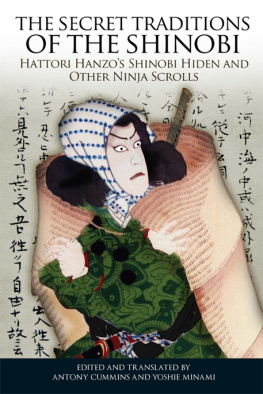
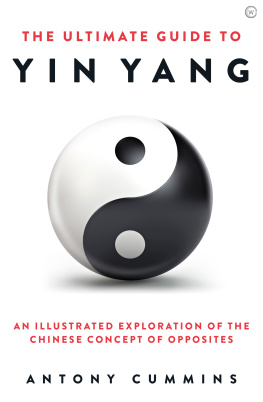
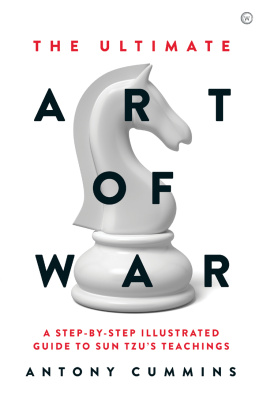
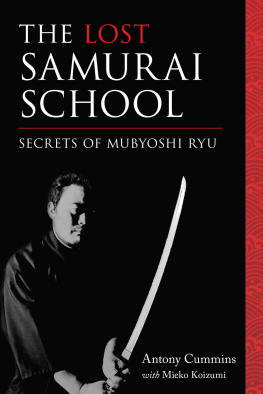
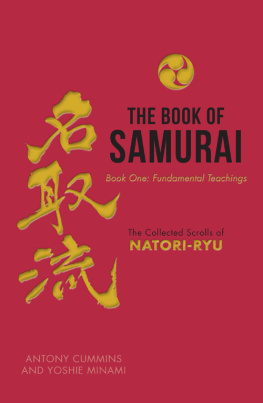
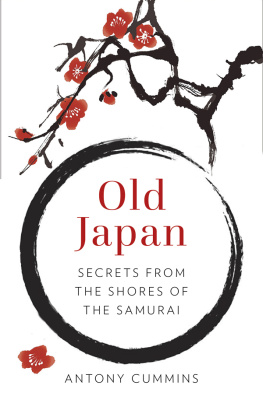
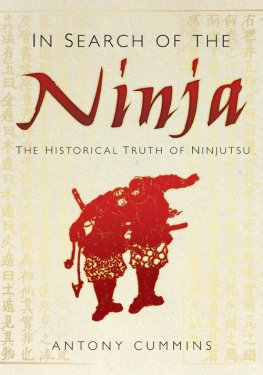
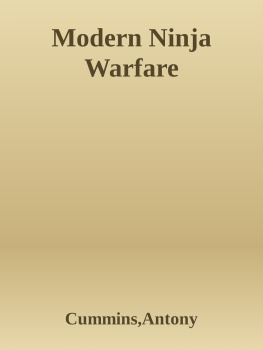
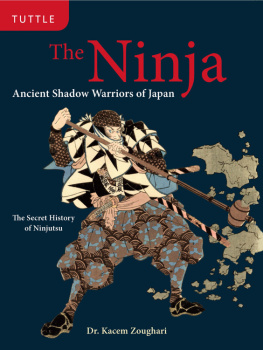
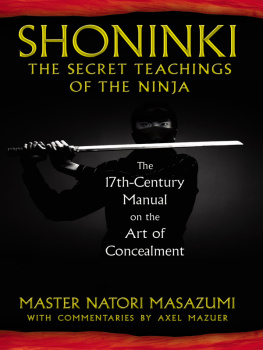
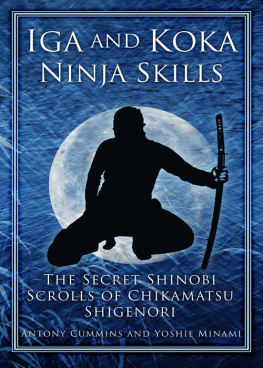
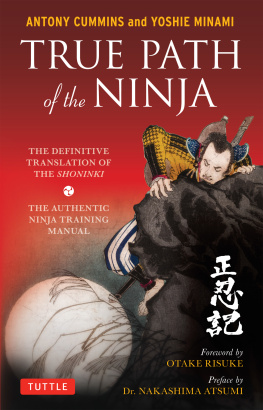

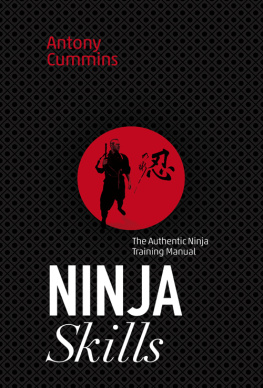
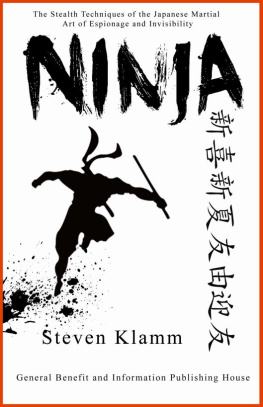
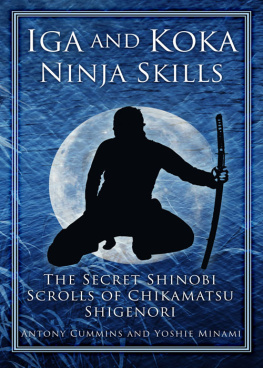
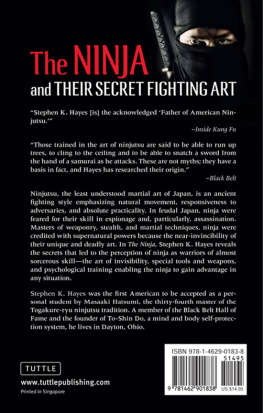
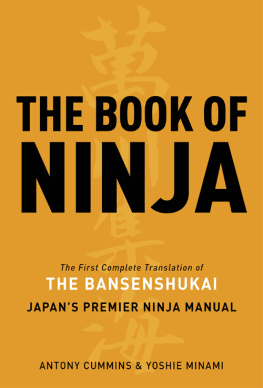
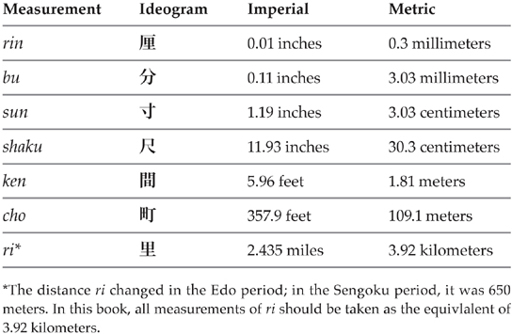

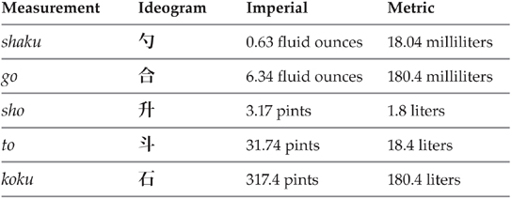
 , who served the Shogun Ashikaga Yoshiharu, and later, the Tokugawa clan, in the domain of Mikawa. Previously, my team and I published a translation of this document based purely on a scroll in Okimori Naosaburos collection. That scroll has an ownership mark showing that it belonged to Ooka Echizen no Kami, a famous magistrate of Edo. Though it is very vague, it possibly bears the mark of the Sainenji Temple, which was founded in 1594 by Hattori Hanzo Masanari
, who served the Shogun Ashikaga Yoshiharu, and later, the Tokugawa clan, in the domain of Mikawa. Previously, my team and I published a translation of this document based purely on a scroll in Okimori Naosaburos collection. That scroll has an ownership mark showing that it belonged to Ooka Echizen no Kami, a famous magistrate of Edo. Though it is very vague, it possibly bears the mark of the Sainenji Temple, which was founded in 1594 by Hattori Hanzo Masanari  , also known as Devil Hanzo, a name considered to be due to his ferocious tactics in warfare. In 1634, the Sainenji Temple and Hanzos grave were moved to Shinjuku, in Tokyo. Working from the inscriptions on that version of the manuscript, it can be deduced that Masanaris father, Hattori Hanzo Yasunaga, originally gave the manual to him in 1560, when he was nineteen. However, it must be understood that the Okimori document is not the original manualit is a transcription done by Kato Sakuzaemon
, also known as Devil Hanzo, a name considered to be due to his ferocious tactics in warfare. In 1634, the Sainenji Temple and Hanzos grave were moved to Shinjuku, in Tokyo. Working from the inscriptions on that version of the manuscript, it can be deduced that Masanaris father, Hattori Hanzo Yasunaga, originally gave the manual to him in 1560, when he was nineteen. However, it must be understood that the Okimori document is not the original manualit is a transcription done by Kato Sakuzaemon  in 1731.
in 1731. is more commonly known as the Ninpiden. While not incorrect, the name Ninpiden is most likely a modern reading; the original pronunciation was most likely shinobi hiden.
is more commonly known as the Ninpiden. While not incorrect, the name Ninpiden is most likely a modern reading; the original pronunciation was most likely shinobi hiden.